www.2mobistore.com/the-direct-communication-opportunity/
The boardroom is a central location for strategic discussions and high-level meetings among the company’s leaders. Based on the size of the company and nature, the boardroom may also be used to facilitate creative meetings and short meetings.
The obligations of a board directors (B of D) includes managing a company, safeguarding the interests of shareholders as well as ensuring regulatory and legal compliance, and protecting confidential information. The B of D is a powerful group of individuals that makes important decisions that affect everyone from the employees of the company to the shareholders who own its shares. Boardroom meetings usually follow a strict format, a rigid agenda and follow Robert’s Rules of Order.
While these meetings can be held in any type of space for meetings, the term”boardroom” typically is reserved for a room designed to host the meetings of the board of directors. These rooms typically have large-screen televisions and presentation systems as well as specialized equipment, like Bloomberg terminals that allow stock market quotations.
While meeting rooms and boardrooms serve similar purposes but they differ in many ways, including their dimensions, layout, technology integration, and more. Understanding these differences can help businesses better manage and assign these spaces to meet their needs. In addition they can incorporate these spaces into advanced software for managing office spaces to simplify the process of reservation and utilization. This helps ensure that everyone has access the most effective spaces for collaboration.

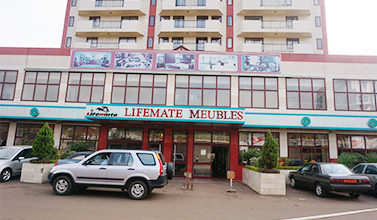
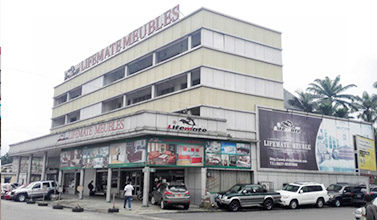
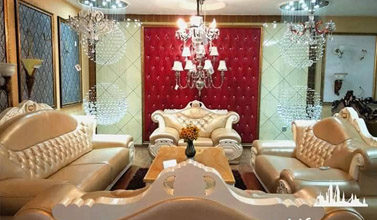
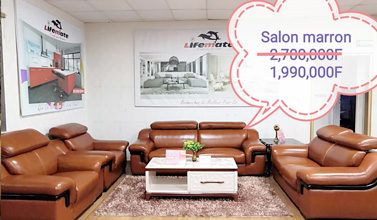
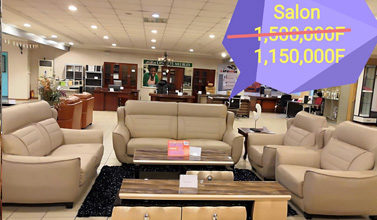
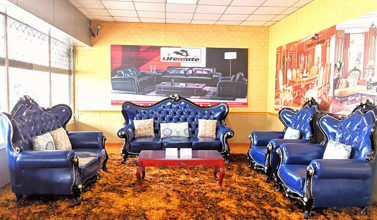
Leave a Comments